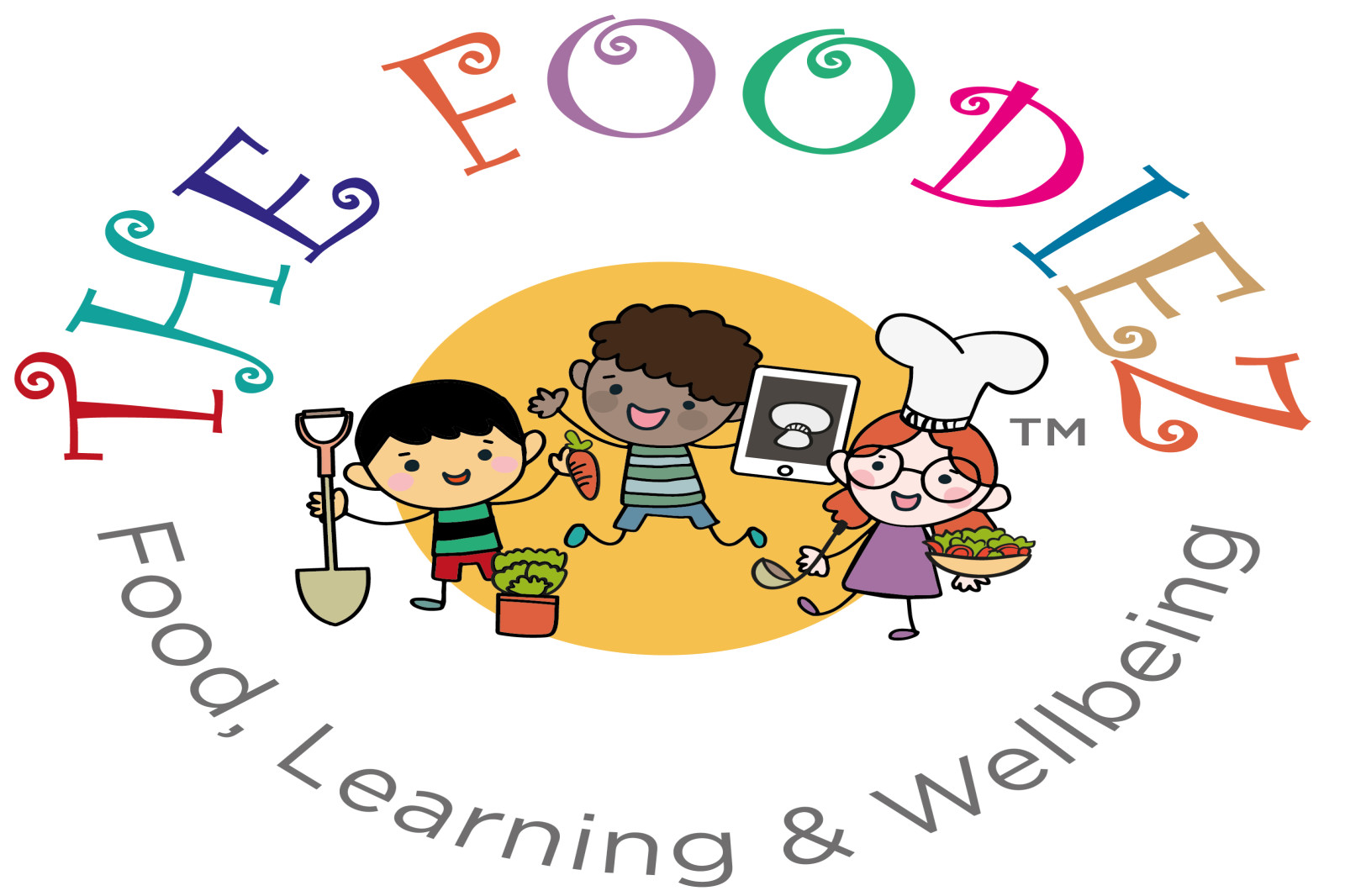Protecting Children Through Online Regulation

I recently attended Westminster Media Forum policy conference Revision of the Audiovisual Media Services Directive - funding and prominence, consumer protection, and the UK's position post-Brexit, 21st January 2020, to hear about what the revisions to the directive mean for UK residents and what kind of changes we should expect in the months ahead. I am particularly interested in how regulators will approach the protection of children and young people from harmful content they encounter online.
The Audiovisual Media Services Directive define harmful content for children as:
"Programmes which might seriously impair the physical, mental or moral development of minors, in particular programmes that involve pornography or gratuitous violence."
There is existing regulation to protect children against viewing harmful content on TV (such as the watershed). The directive instructs that programmes that are considered to have content that could "seriously impair" are allowed in on-demand or non-linear services, but must be protected by PIN codes, or age verification systems.
Video Sharing platforms are hugely popular amongst young people, but they also pose the biggest risk to children viewing inappropriate or harmful content online. Tony Close, Ofcom, highlighted an Ofcom study that found that 91% of 12 to 15-year-olds have concerns about the internet.
Children participating in the EU Kids Online report gave insight into the kind of content they find upsetting to view online:
- "Scary things. I saw something at my friend's house and I can't get it out of my head." (Boy, 11, Ireland)
- "Facebook shows scary things even if you click on something that does not look or sound scary." (Girl, 9, UK)
- "See people having sex or naked people." (Boy, 10, Portugal)
The report found that children were most concerned with pornography and violence online. The children themselves explained that, for the most part, they encountered this type of content on video-sharing sites, such as YouTube and on social network services.
The UK Safer Internet Centre surveyed 1,500 13 to 18-year-olds in January 2016 about their experiences of online empowerment:
"Young people recognise the positive role of the internet in relation to self-expression, developing understanding, bringing people together and respecting and celebrating differences."
This report also found that girls are less likely to be themselves online than boys, and children with disabilities compared to children without disabilities.
Cyberbullying is another huge concern for children and young people. The Childline Bullying Report 2015-16 highlighted instances of children receiving abusive comments about their appearance, sexual bullying, and being told to kill themselves. As the majority of harassment was being perpetrated by peers, the bullying would often continue offline at school, with children feeling trapped and unable to cope. Cyberbullying makes children feel isolated and confused as to why their peers would want to cause them harm. It negatively impacts self-esteem, causes difficulty in establishing relationships, and can lead to mental health problems (including self-harm and suicidal thoughts).
Celene Craig, Deputy Chief Executive, Broadcasting Authority of Ireland, provided an insight into how Ireland have approached implementing the revised AVMS. The overarching theme when considering the revisions, for the public and government, is the protection of children online. Additional categories, over and above those covered in the Directive, have been added, which take into consideration the harm and risk faced by children. Irish regulation identifies harmful content as cyberbullying, content promoting nutritional deprivation, self-harm and suicide, and criminal, along with those covered by AVMS.
Children are impressionable and vulnerable. The lack of safety they feel online is extremely concerning, particularly when online services play such a pivotal role in their everyday lives. The most important role for regulators going forward will be ensuring video sharing sites are safe spaces for children to be informed, entertained, and educated. But, without the cooperation of the tech giants, children will continue to be collateral damage to innovation, popularity, and profit.
Post Contributor:
Caitriona Fitzsimons Digital Reporter





Comments
To post your comment, you need to log-in first. Click here to Log-in.
No Comments yet. Be the first to add a comment. :)